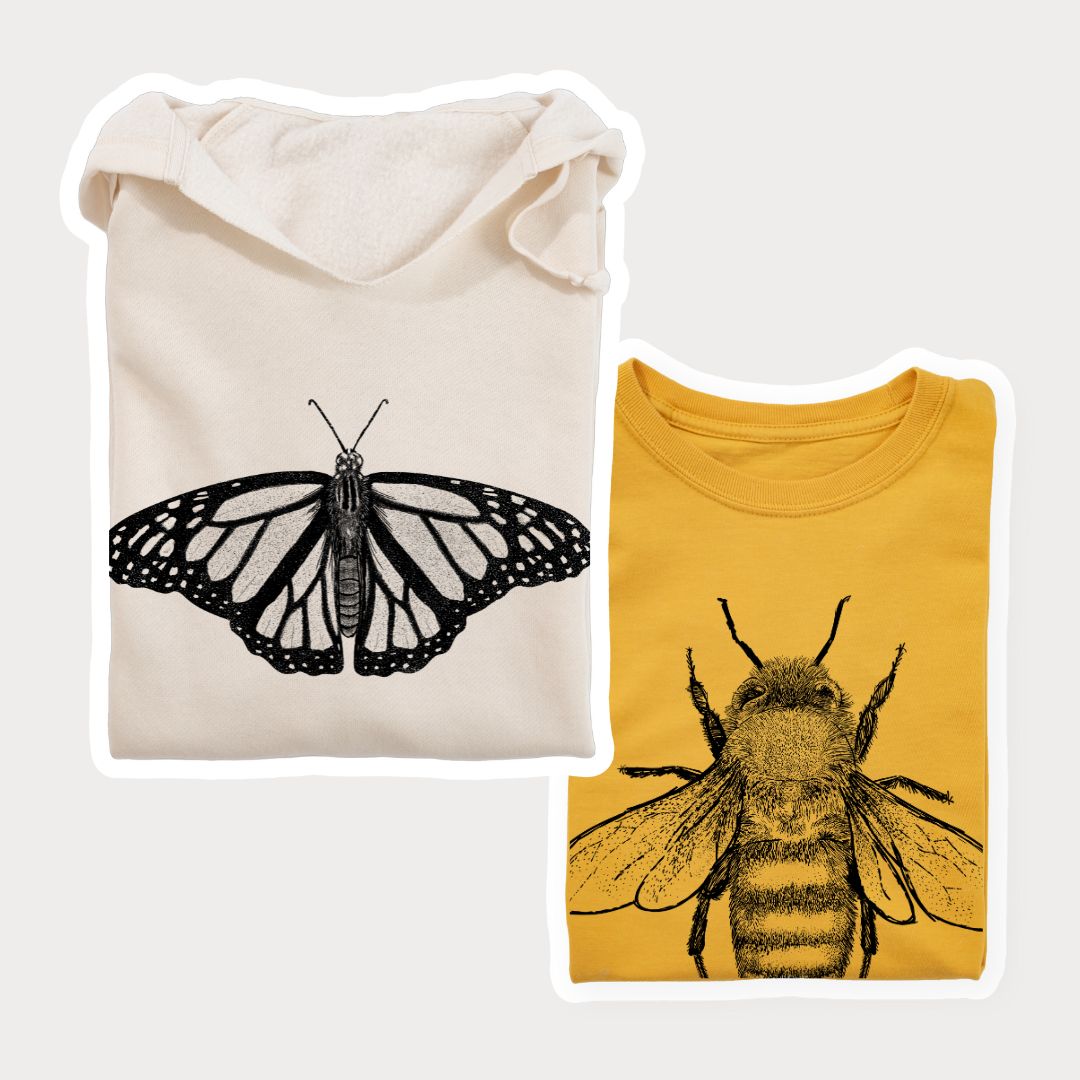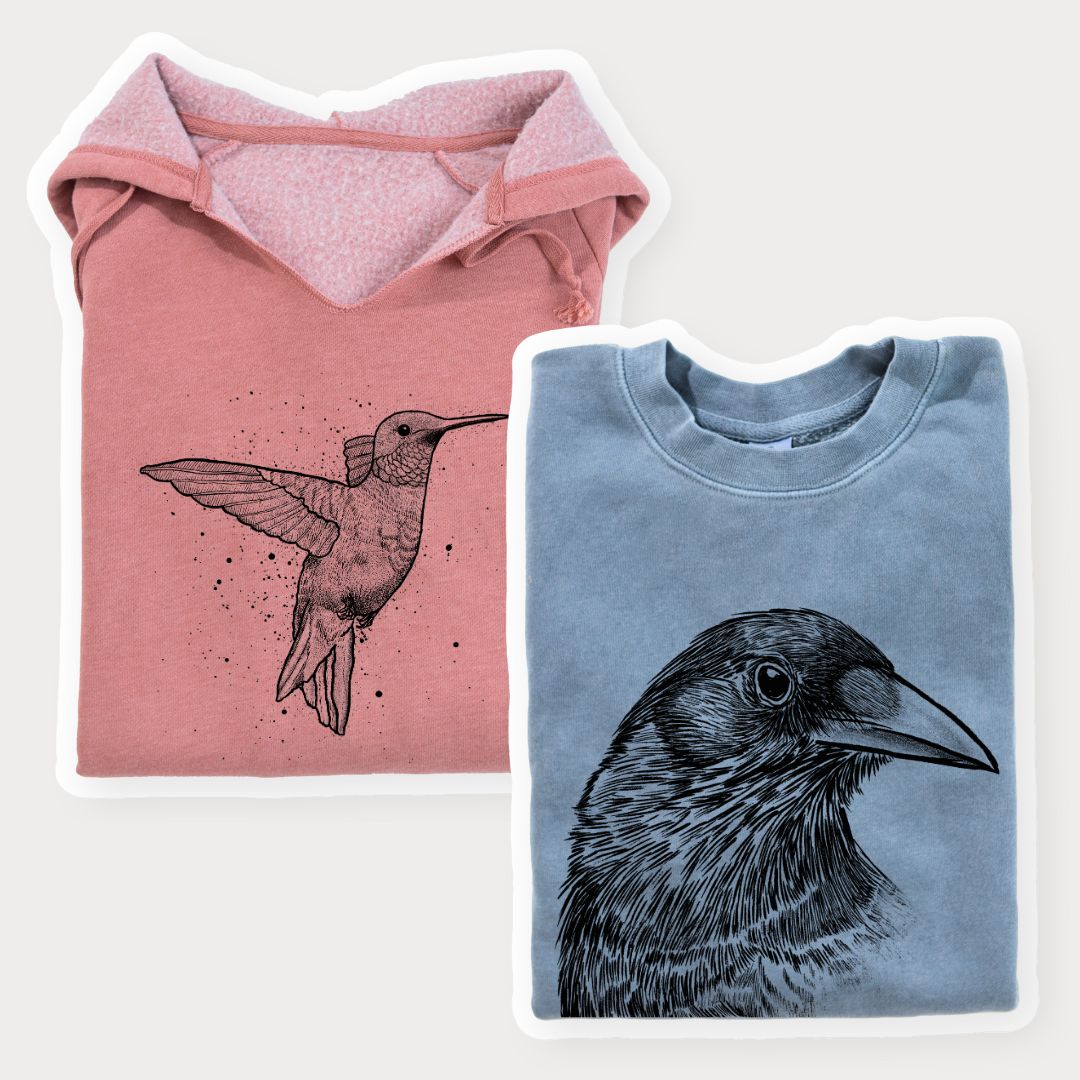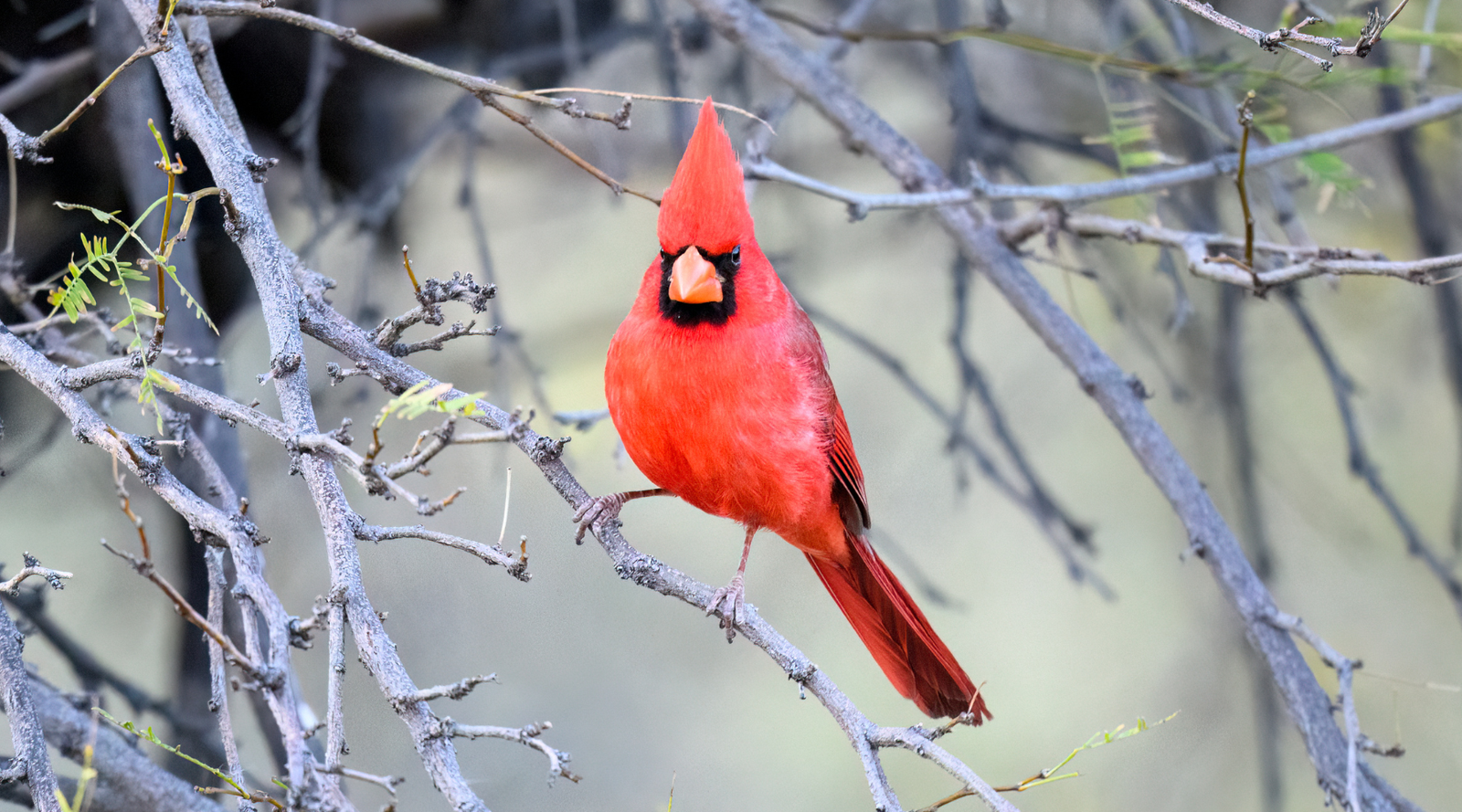Moths vs Butterflies: What Are the Differences?
Have you ever gazed at a fluttering creature and wondered if it was a moth or butterfly? It's a classic head-scratcher, right up there with trying to tell if your dog prefers belly rubs or head pats. Don't worry, we've got the ultimate guide to help you become the Sherlock Holmes of Lepidoptera - read on to discover the differences between moths and butterflies.

Night Owls vs. Daylight Delights
Let's talk about the time of day these winged wonders like to party. Butterflies are all about sunshine - your daytime divas, flitting from flower to flower when the sun's out. Moths, on the other hand, are nocturnal, thriving under the moonlight. They are nature's night shift, working diligently while the butterflies rest.
Fun Fact: There are exceptions! Some moths are early risers, and a few butterflies enjoy a midnight escapade. Rebels, right?
The Wing Game: Showy vs. Subtle
Butterflies are like the peacocks of the insect world - bright, bold and unmissable. Their wings scream, "Look at me!" with vibrant patterns and colors designed to dazzle predators (and Instagram feeds). Moths, on the other hand, prefer a more understated palette. Their earthy tones - browns, greys, and whites - are perfect for blending into tree bark or a cozy corner of your attic.
Pro Tip: If the wings rest upright, it's probably a butterfly. If they're flat or slightly tented, then you've likely met a moth.

Antennae: The Telltale Sign
Zoom in on those feelers! Butterfly antennae are slim with tiny, bulb-like tips, almost like little drumsticks. Moths? They go all out with feathery, fuzzy antennae, basically the insect equivalent of a handlebar mustache.
Why it matters: Moth antennae aren't just for show - they are finely tuned to detect the faintest pheromones, making them excellent at sniffing out a mate from miles away. Silk moths are considered to be one of the animals with the best sense of smell.
Cocoons vs. Chrysalises: The Drama of Development
When it's time for a glow-up, moths wrap themselves in silk cocoons, cozying up like they're in the fanciest sleeping bag ever. Butterflies, ever the aesthetes, transform inside hard-shelled chrysalises that are as elegant as their final form.

Body Talk: Slim and Sleek vs. Chunky and Huggable
Butterflies are the models of the insect world - slim, sleek, and ready for the runway. Moths, however, come with a bit more substance. Theirbodies are fuzzier and chunkier, perfect for keeping warm during those chilly nighttime adventures.
Living on the Edge: Habitats and Behavior
While both butterflies and moths are flower enthusiasts, their lifestyles differ. Butterflies are like social butterflies (pun intended) - you'll spot them in open fields, gardens, and sunny meadows. Moths, being introverts, prefer dark, sheltered spots like tree trunks, caves and, occasionally, your porch light (oops).
What's up with the light thing? Scientists aren't 100% sure, but one theory is that moths navigate by the moon and get confused by artificial lights. They're the ultimate moth memes.

Survival Tactics: Camouflage vs. Warning Signs
Moths are masters of disguise, blending into their surroundings so seamlessly they could moonlight as nature's ninjas. On the other hand, butterflies flaunt bold colors that scream, "I'm toxic - don't eat me!" (even if they're not). It's the ultimate bluff.
The Numbers Game: Who's Winning?
Did you know there are more moth species than butterflies? Way more - around 160,000 moth species compared to just 17,500 butterflies. Sorry, butterfly fans, but moths win this round.

Pollinator Powerhouses
Both butterflies and moths are excellent pollinators, helping plants flourish. Butterflies tend to hog the spotlight for this, but moths do some heavy lifting at night. So, while you're snoozing, moths are out there ensuring your morning coffee exists (thanks, moths!).
The Myth Busting: Moths Aren't Just Pests
Sure, some moths have a bad rap (looking at you, pantry moths), but most are harmless and even beneficial. Certain species, like the hawk moth, are crucial for pollinating rare plants. Butterflies might get all the PR, but moths are the unsung heroes.

In Conclusion, Celebrate Diversity!
Whether you're on team butterfly or rooting for moths, these incredible insects play vital roles in ecosystems worldwide. The next time you spot a fluttering friend, take a moment to appreciate the details - those antennae, the wing positions, and even the time of day. After all, every insect has its own story, and who doesn't love a good origin tale?
So, do you feel like a butterfly expert or a moth aficionado yet? Either way, you can impress friends with your newfound knowledge of moths vs butterflies. Who needs trivia night when you've got Lepidoptera facts to share?Keep fluttering, friends!
















Leave a comment (all fields required)